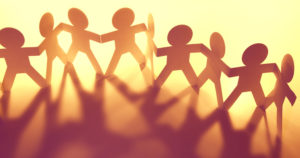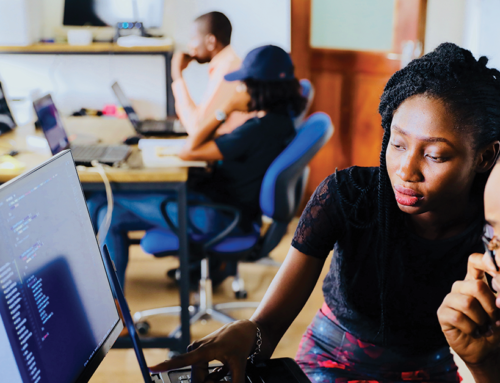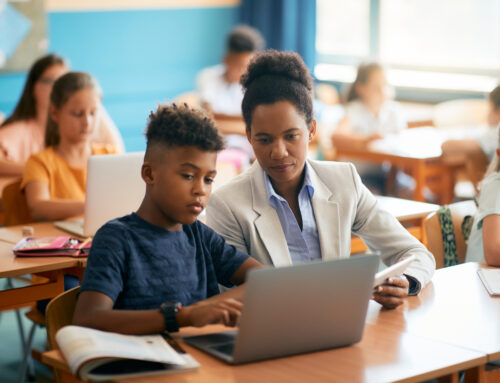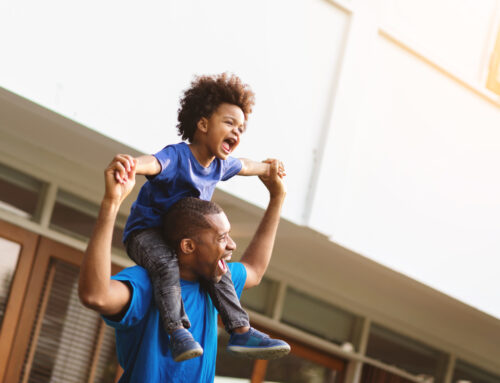In an earlier post we talked about the importance of caring for yourself physically and mentally during this COVID-19 crisis. Today we want to focus on caring for others: what can you and your family do to help others in this time of need?
Even though parents have so much on their plates now, taking some time to focus on how your family can help friends and others is an important thing to add. You’ll teach your children about the value of community service, and you all are likely to feel a bit better after helping out. In fact, researchers have determined providing help to friends, acquaintances, and even strangers can mitigate the impact of stress on our emotions and improve our mental health.
How to get started? First, find a focus. Ask your kids if there are certain categories of people they would especially like to help. Children? Families? Medical care workers? Once you’ve settled on a category (or several), you can figure out ways to help. While financial donations are what seems to be most requested, there are some opportunities to help in other ways.
Want to help children eat? No Kid Hungry , a national organization that helps supply meals to kids and families, is working hard now while schools are closed to get food to children who relied on school meals. Their website details the various ways they are doing this and suggests several ways in which families can help. World Central Kitchen’s #ChefsForAmerica is working with chefs to supply meals to school children and medical care workers through local restaurants. Their site includes details of where the meals are most needed, and asks for volunteers as well as donations. Both these sites can help you and your children understand the depth of the issue and the ways people are trying to solve it.
Want to help children learn? First Book, an organization that delivers free books to children, is working to get 7 million books to kids in need, who don’t have home libraries or Internet access for home learning. Parents should note that this site also includes free learning resources for parents and educators. DonorsChoose, a crowdfunding site that helps teachers provide for their classrooms, has started a fund to help teachers reach their students with remote learning called Keep Kids Learning. All donations go to teachers at schools serving low-income communities. The teachers select the materials they need and distribute them to students at home.
Want to help medical care workers? Direct Relief is delivering protective masks – along with exam gloves, isolations gowns, and other protective gear to healthcare organizations across the country, and needs support. Another way for you and your children to support medical care workers: write thank you notes to the doctors and nurses and medical staff at your local hospital who are putting their health at risk as they care for their patients who have COVID-19.
Other ways to help: Might elderly neighbors need items from the supermarket on your next trip? Your children may be able to make the calls and keep track of the list of items. (Be sure to protect yourself and be careful in the supermarket, and leave the items in front of their door.) If you are in the NYC area, check out ABC-TV’s listing of local organizations in need of help and the items (e.g., diapers, wipes, food, water, pet food) they can use. Not in NYC? Check your local television station’s websites to see if they offer similar information about your community.
These are just a few suggestions of ways in which you and your children can help others in this crisis. Include some “community service” time on your family schedule and look into these or come up with your own. You’ll all be glad you did. As Maya Angelou has noted, ” When we give cheerfully and accept gratefully, everyone is blessed.”






